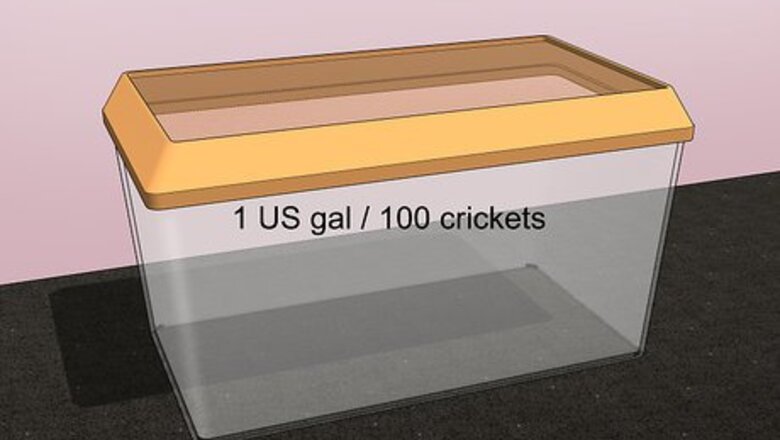
views
Creating a Healthy Environment

Get a tank that's 1 US gal (3,800 ml) per 100 crickets. Crickets thrive in larger environments, so get the largest tank that you can find to house them. Make sure that the tank you get has adequate ventilation on the roof. The tank should be enclosed so that the crickets can’t jump out of it. You can get a plastic or glass tank.
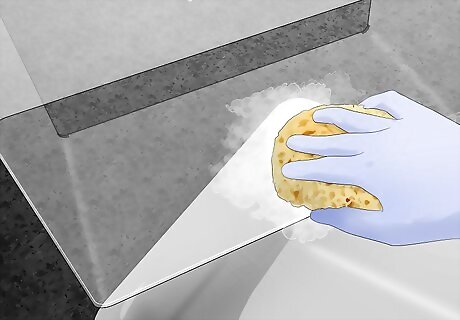
Clean the tank with a mild bleach solution to remove bacteria. Before you put the crickets into the tank, make sure that it’s cleaned. Mix a small amount of bleach with cold water. Dampen a rag with the solution and use it to wipe down the inside of the tank. Make sure the tank is dry before housing your crickets. An unclean tank may contain harmful bacteria or chemicals that could make your crickets sick. Do not use other chemical cleaners as they could be harmful to the crickets.

Add torn-up egg crates to the tank so your crickets have shelter. Get a few cardboard egg crates and tear them up into pieces. Then, place the pieces on the bottom of the tank to create a habitat for the crickets. This will give the crickets shade and the space they need to thrive. Without the proper habitat, crickets may fight each other for space.

Keep the cricket tank between 75–90 °F (24–32 °C) at all times. Keep the crickets in a dark area that maintains a steady temperature to encourage healthy crickets. If the temperature in the tank is too cold, crickets will die and eat each other. If the temperature is too hot, the crickets lifespan will be shortened.
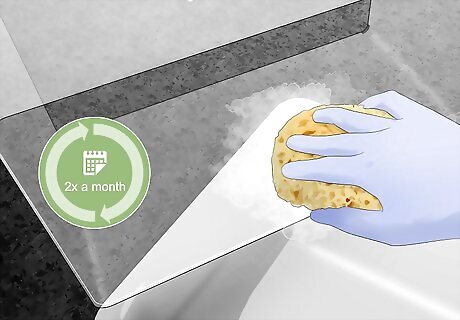
Clean the tank twice a month to keep your crickets healthy. Carefully remove the crickets and place them in another box with breathing holes. Wipe down the bottom of the tank, making sure to remove any feces or dead crickets that remain. Then, use your diluted bleach solution and a rag to wipe down the inside of the tank to sanitize it. Dead crickets and feces can make your crickets sick.
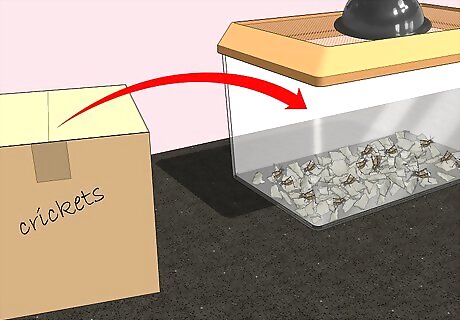
Transfer new crickets to their habitat as soon as you get home with them. Crickets don’t do well in small, confined spaces. Don’t keep the crickets in their carrying box for too long or they may die. Transfer them to a clean tank as soon as you get home. Make sure there are adequate air holes in the top of the box that you use to transport the crickets.
Caring for Your Crickets
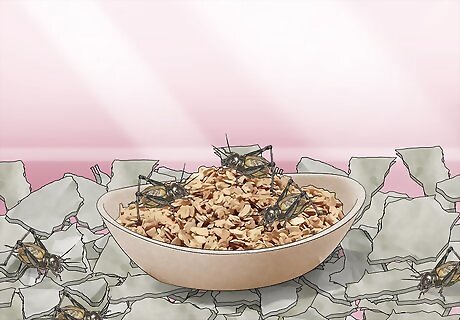
Feed your crickets oatmeal, cornmeal, or cricket food. Put cornmeal, oatmeal, or cricket food in a dish in the tank. Your crickets will feed off this food for a regular source of nourishment and won’t typically overeat.

Provide a damp sponge or piece of fruit as a water source. Crickets can drown very easily in a small dish of water. For this reason, it’s best to provide water from another source like a sponge or a piece of fruit like an apple or peach. Crickets will be able to suck out the moisture from the sponge or fruit.

Keep food and water in the tank at all times. A food and water source should always be kept in the tank so that your crickets can feed and drink when they need to. Keep the food fresh by throwing it out and filling it back up once a week. If you use fruit, make sure that you replace the fruit every day so that it doesn’t rot or create bacteria in the cricket tank. Crickets won't overeat, so don't worry about overfeeding them.




















Comments
0 comment